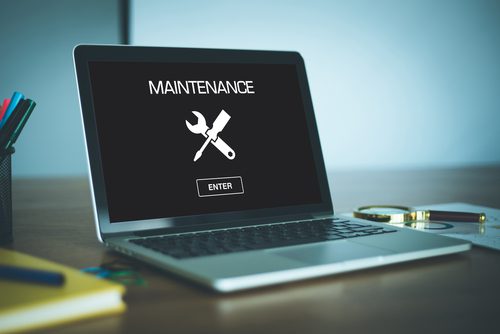
Advanced Techniques To Maximise WordPress Speed & Performance
Website speed and performance are crucial for user experience and search engine optimisation (SEO). In this post, our own team of experts for web design in Southampton will explore advanced techniques that WordPress developers can use to maximise website speed and performance.
1. Use a Content Delivery Network (CDN)
A CDN is a network of servers that are located in different parts of the world. By using a CDN, you can store your website’s files on these servers, and when a user requests your website, the files are delivered from the server closest to the user. This can significantly reduce load times and improve website performance.
2. Optimise Images
Images can be a major contributor to slow load times. To optimise images, you can compress them using tools like Photoshop or online image compressors. You can also use WordPress plugins like Smush, which compresses and optimizes images automatically.
3. Minify CSS and JavaScript
Minifying CSS and JavaScript files involves removing unnecessary characters like white space, comments, and line breaks. This reduces file size and improves load times. You can use plugins like Nitropack to automatically minify your website’s CSS and JavaScript files.
4. Use a Caching Plugin
Caching plugins store copies of your website’s pages, posts, and other content so that they can be served more quickly to users. When a user requests a page that has been cached, the server delivers the cached version instead of generating a new version from scratch. If you have a good host, your pages should automatically be cached by the server. Additionally, many speed plugins come equipped with caching options.
5. Optimise Database Tables
Over time, your website’s database tables can become cluttered with unused data, which can slow down your website. You can use plugins like Advanced Database Cleaner to optimise and clean up your website’s database tables.
You can read our guide to optimising your WordPress database here.
6. Use Lazy Loading
Lazy loading involves loading images and other media only when they become visible on the user’s screen. This can significantly reduce load times, particularly on pages with many images or videos. WordPress comes equipped with lazy loading by default, but better options can be enabled in various different speed plugins such as Nitropack and Smush.
7. Choose a Lightweight Theme
Choosing a lightweight theme is important for website speed and performance. A theme with too many features and design elements can slow down your website. Look for themes that are optimised for speed and performance, such as Astra or GeneratePress.
Check out our in-depth guide to the top 10 fastest themes for WordPress websites.
8. Minimise HTTP Requests
Each time a user visits your website, their browser sends requests for all the files needed to display the page, including images, CSS, JavaScript, and more. Minimising the number of HTTP requests can improve website speed and performance. You can self-host files that might currently be external (such as embedded youtube videos) or combine CSS & JS files into one. Nitropack can do this automatically for you.





